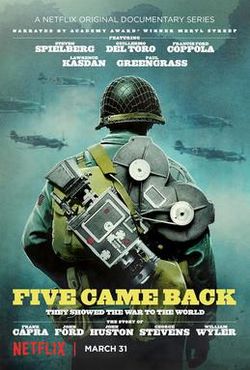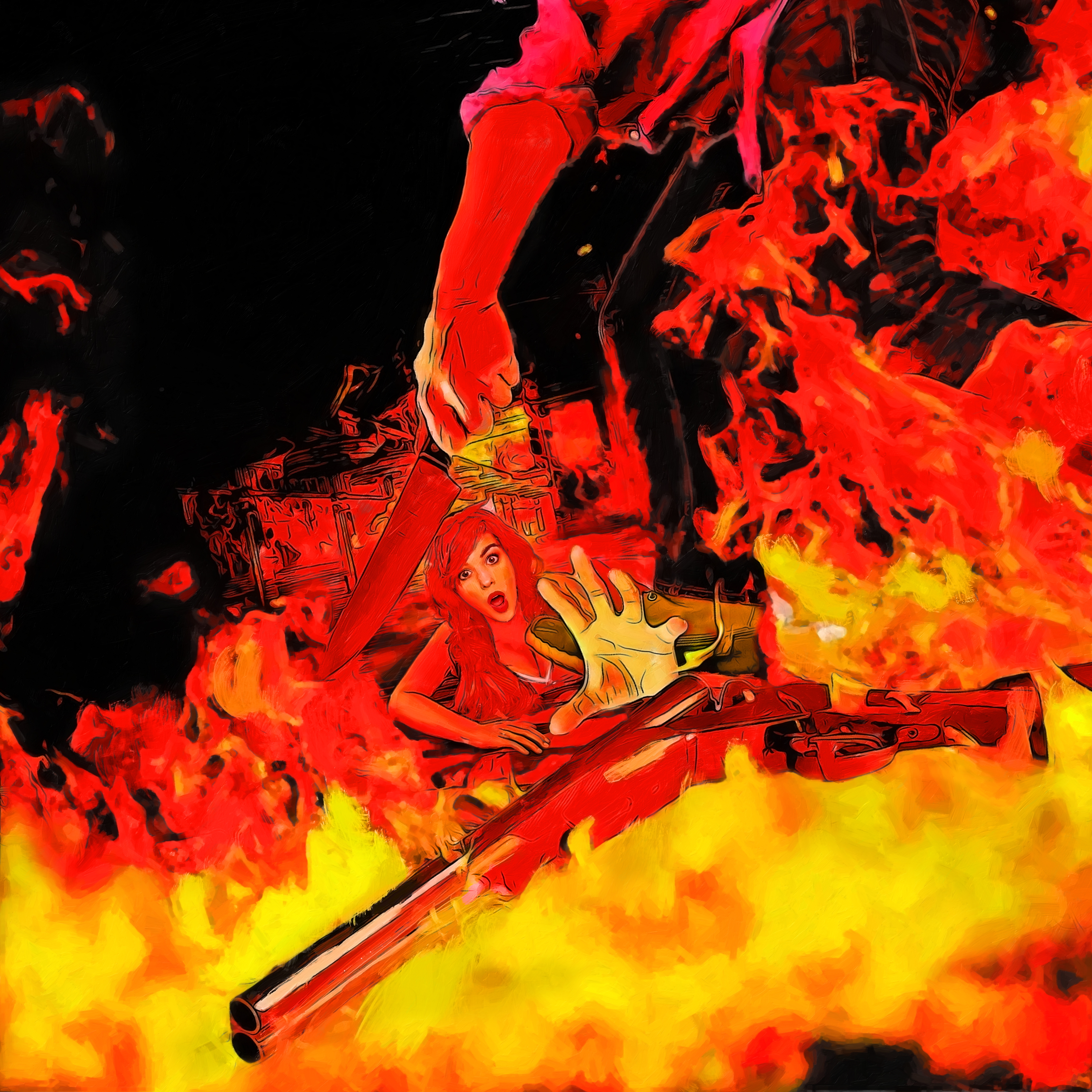Nothing seems to piss people off more than putting lists up of “the best ___” or whatever. And since we don’t mind ruffling some feathers, we’re going to start listing the most influential (to us) movies by decade.
I say influential to us because these movies were an inspiration in one way or another to our latest (soon-to-be-released) book, Under the Knife.
Pre-1930s
We’ve covered the Silent Film era a bit, but Movies Silently is more of an authority on the subject of Silent Films so we’ll just direct you over to her. With that said, we’ll probably do some Silent Film articles in the near future as well.
Also, the book, Of All The Gin Joints is loaded with great stories about the drunken debauchery of the era. It also has drink recipes like Fritz Lang’s Blue Martini. It covers all eras of film up to now, but the Silent Era was WILD. It’s a good thing they didn’t have to talk while they acted because they’d all be slurring.
Our Favorite Films of the 1930s
With talking pictures coming into their own, the 1930s saw the emergence of genres like; the Police Procedural, Gangster Film, Horror Film, Film Noir, and the Serial Killer genre. All elements we poured into Under the Knife.
It’s interesting to see that so many of these iconic films were in 1931 and 1932, before the Hays Code. These pre-code films would not have had the sex, violence, and subversive undertones if they came out in 1933 or after.
King Kong (1933)
A post-code film shot during the pre-code era. As a result, some of the footage had to be cut due to censoring. That didn’t stop RKO from putting out an iconic monster movie.
It wasn’t just censored in the US, it was outright banned in Nazi Germany. The Nazi censors described it as an “attack against the nerves of the German people” and a “violation of German race feeling”. That didn’t stop Hitler from enjoying it several times, it was one of his favorite films. Which is fitting because, at the end of Under the Knife, we pay homage to King Kong with Hitler acting a bit like Kong.
According to this article, Hitler also enjoyed The Grapes of Wrath, Snow White, and everything Mickey Mouse.
The Peter Jackson re-make was great, but there’s something about the 1933 version that’s really special. Sure the special effects are lame compared to the CGI of today, but that makes it way more impressive to me. Jackson put some of the clips that were cut by the fun police into his 2005 version.
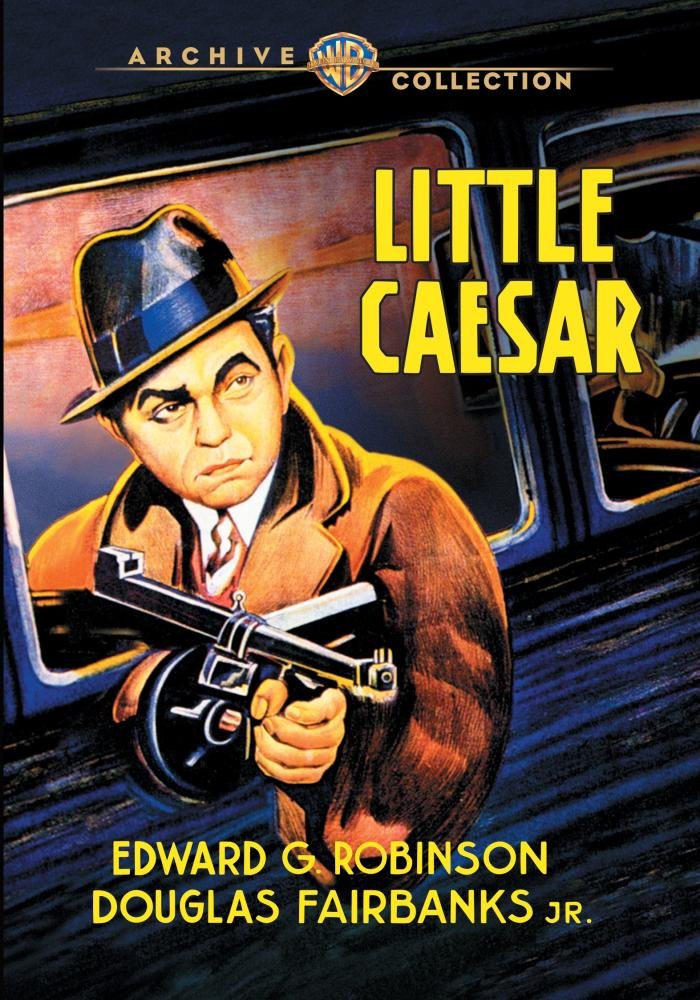
Little Caesar (1931)
Little Caesar and The Public Enemy below are the first real gangster movies. This was also Edward G. Robinson’s breakout role, and the birth of “meyeah see?” Gangster speak.
Loosely based on Al Capone and the Chicago mob (as are the other Gangster flicks in this list), you don’t get Scorcese without Little Caesar.
The Public Enemy (1931)
Because you can’t talk about this movie without talking about the grapefruit scene.
Even more violent than Little Caesar, this one would never have made it past the Hays Code gatekeepers. It’s based on reallife Chicago mobsters, Earl “Hymie” Weiss and Charles “Deanie” O’Bannion. The screenplay was written by John Bright and Kubec Glasmon — adapted from their novel ‘Beer and Blood’ (sounds awesome), and received an Oscar nom for Best Original Screenplay.
And since we’re talking Chicago gangland crime, here’s a bit of a spoiler alert for Deanie O’Bannion.
While we’re talking about Boardwalk, this Variety article is about the real 1931 interview with Capone they had on the show.
M (1931)
Fritz Lang’s M is about a serial child murderer in Germany. The killer, the creepy Franz Becker, is played by Peter Lorre. Lorre steals the show even though he has limited screen time.
With Under the Knife dealing with Nazis and Nazi hunters alike, this movie does have some influences in that respect. We even referenced Peter Lorre in a very early draft of the story that has been cut.
However, it is influential in other ways. M is credited with starting two genres: the serial killer and the police procedural. Most of the film is about the hunt for Becker, by both the police and the seedy Berlin underworld. While Under the Knife is not a police procedural, one of the characters in it is a serial killer.
When this came out, the Nazi Party was on the rise in Germany. Watching M you see the disdain Lang had for s Germany soon to come. Most of the scenes involve men in the shadows, smoke filled dens, and disgusting dive bars. It’s a world of paranoia, of conspiracy, and it’s not far from the world Germany would be towards the end of the 30s.

Dracula (1931)
I’ve said it before, I can’t imagine how many minds were blown in 1931 when Universal came out with Dracula AND Frankenstein. They totally reinvented Universal Studios.
Lon Chaney was supposed to play the role of Dracula. Which made sense, considering his success in the silent classics The Hunchback of Notre Dame and The Phantom of the Opera. But, he died during pre-production so they cast the mysterious Hungarian, Bela Lugosi—who starred in a 1927 Broadway production of Dracula.
The atmosphere of Castle Dracula was very much an inspiration for our depiction of Dr. Polk’s mansion in Under the Knife.

Scarface (1932)
My first introduction to Scarface was the 1983 remake by Brian DePalma. Instead of a Cuban immigrant named Antonio “Tony” Montana, the 1932 version follows the rise and fall of Italian crime boss Antonio “Tony” Camonte.
Another Gangster Film from the early 30s. Like Little Caesar, this one is loosely based on the life of Al Capone, who hated being called Scarface.
It also features George Raft, who had some underworld connections himself. This was back when guys like Bugsy Siegel would party with these celebrities, kind of like Tony Soprano golfing with his doctor, like a token gangster. Hell, about a decade later, Lana Turner would be married to mob associate Johnny Stompanato and own her daughter would kill him in self-defense. I think we might write about that in an article soon.
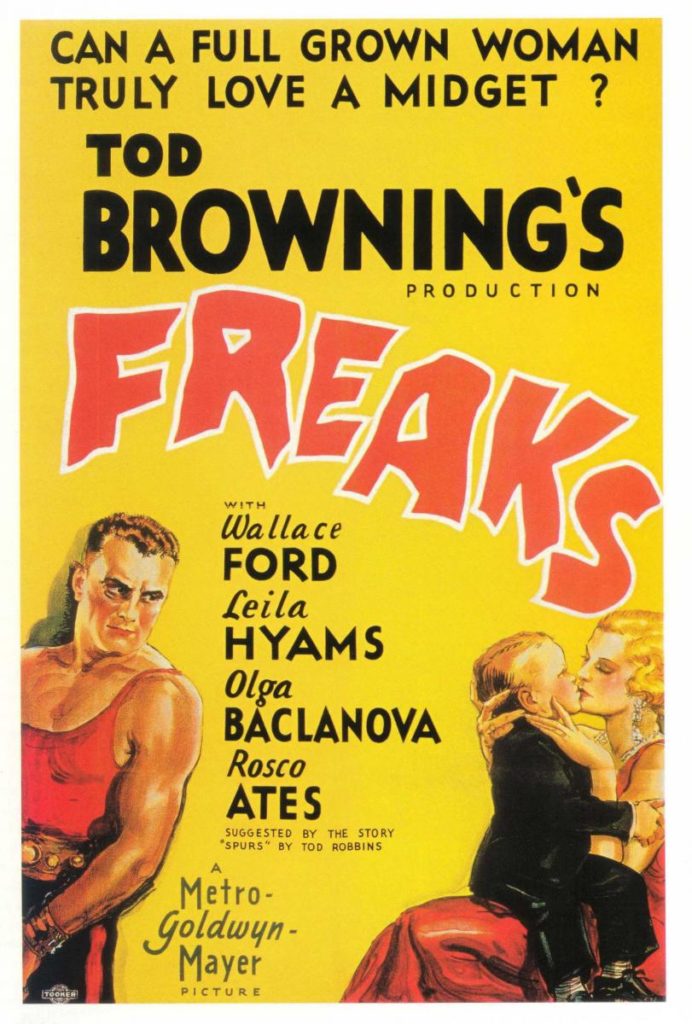
Freaks (1932)
90 years later and you still can’t get much weirder than Freaks, trust us we’ve tried with Under the Knife. After the success of Dracula, the studio went to Tod Browning and asked what he wanted to do next. He came out with this film, based on the short story Spurs by Tod Robbins. It bombed.
Tod Browning’s career never recovered, he went from directing a monster hit with Dracula to only doing a handful after Freaks. His final film was the murder mystery Miracles for Sale in 1939.
But Freaks was rediscovered after Browning’s death in the 1960s and has since been considered a cult classic. It has great horror elements and it shows the characters in a sympathetic light, which you honestly wouldn’t expect from the 1930s. It also has the famous scene with the chant, “One of us, one of us…”
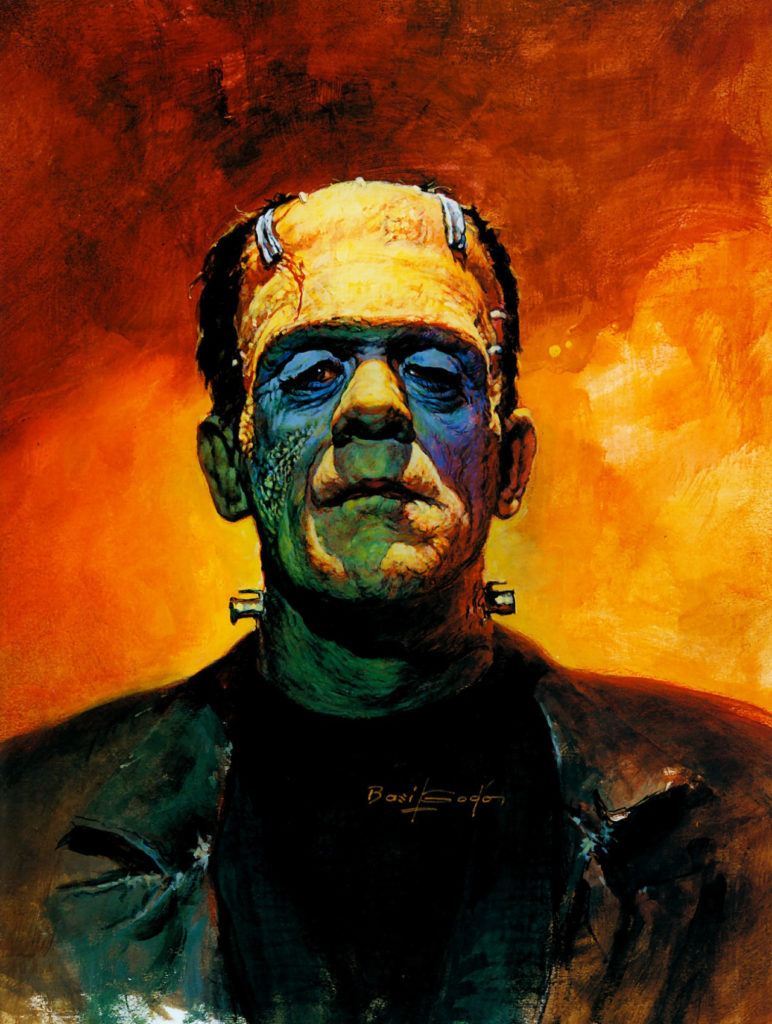
Frankenstein (1931)
Our character, Dr. Polk is very similar to Dr. Frankenstein, and when we thought up his lab we watched this movie, so his lab’s very similar as well I guess. It’s still a classic today, and even though it’s very different from the novel.

The Thin Man (1934)
Based on the Dashiell Hammet book of the same name, this movie has ex-cop Nick and his heiress wife Nora solving crime and drinking a lot of martinis. With Prohibition ending in 1933, Nick and Nora certainly made up for “lost time.”

Bride of Frankenstein (1935)
Our main heroine in Under the Knife, Kate goes through a Bride of Frankenstein-like transformation. We took a lot of notes from this one when thinking about our version of Elsa Lanchester.
Unlike its predecessor, this came in after the Hays Code and therefore they got rid of Dr. Frankenstein’s “God Complex.” I actually love this one. It has a great scene where Frankenstein’s monster makes a friend, and the ending is perfect.

Marked Woman (1937)
A Film noir before the term was coined, this Bette Davis/Humphrey Bogart flick is loosely based on Thomas E. Dewey, the District Attorney for Manhattan who got Lucky Luciano arrested and deported—and then went on to lose a presidential election.
Bogart plays D.A. David Graham (Dewey); Davis plays Mary, one of Johnny Vanning (Luciano’s) nightclub’s “hostesses.” Because of the Hays Code, they had to alter the story and change the women’s profession from prostitutes to “nightclub hostesses.”

The Wizard of Oz (1939)
It was really a toss-up between this and Snow White. It’s not crime, horror, or at all Pulp related, but you can’t deny the lasting influence The Wizard of Oz has had on film since Dorothy stepped out of Sepia Tone and into Technicolor. Also, we have a few characters go on acid trips in this book and well, it’s visually pretty Oz.
What did we miss?
Surely there was at least one glaring hole we missed in the list of our favorite movies of the decade. Hit us up, let us know what you think: [email protected].
And while we’re on the subject of emails, sign up for our newsletter so you don’t miss out on any other lists of movies where we undoubtedly will forget your favorite movie or something.


